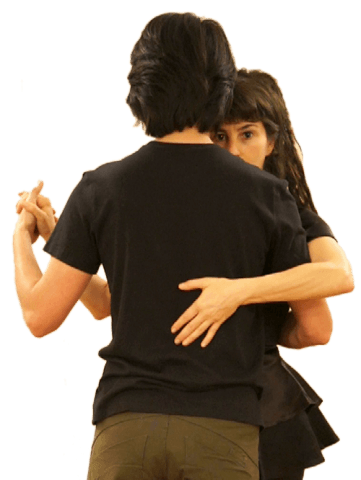My home San Francisco is a very foodie city, and has been for many decades. It birthed artisan coffee and artisan bread. Its food critics are anonymous, scathing, and revered. It is one of the point sources for the local food movement which has now become global.
In a recent article published in San Francisco Magazine, food writer Sara Deseran considered the concept of authenticity. She explained that foodies who fetishize authenticity seem to believe that if a place has no décor and a grandmother at the stove it must be good. “Authentocrats” are suspicious of hip, urban restaurants.
She then told a story of a San Francisco chef researching for a new restaurant. He found many places in Rome serving “the definitively authentic carbonara” – with dramatic differences. Back home he analyzed his 20 favorites from Rome, “tore them apart and rebuilt them – from the egg yolks to the pecorino.” And the refinement is ongoing, “We’re still changing the cut on the guanciale…”
Deseran argues that San Francisco chefs bring a special treasure to their kitchens: local values. San Francisco’s “regional” perspective is obsession with freshness and ingredients. Chefs “commission farmers to produce pastured eggs from nearly extinct breeds of Italian chickens.” This means that while chefs respect tradition, these values make their food especially, well, delicious.
I hope the application to tango is clear. The oldest or closest-to-origin version of something may or may not be the most refined and wonderful option. There well may be ways to improve upon it by bringing along our values and regional perspectives. We neither diminish nor defile classic experiences by enriching them with our own strengths. Indeed heartless repetitions in Rome may serve tradition less than inspired fusion chefs in San Francisco.
While we’re in California…
Let’s not forget the other meaning of the term, ‘authentic’, the Californian one: This term is an affirmation and yearning for expressions that reflect deep personal truth. Authenticity is a desirable experience because we feel we are manifesting our soul when we interact. It’s a desirable character trait because it indicates a willingness to trust. An inauthentic person is more concerned with conforming to fashion than with expressing herself, with getting along rather than sharing her unique (possibly controversial) perspectives and insights. An inauthentic person pretends to be someone he is not.
Foreigners who grasp righteously at ‘Authentic Argentine Tango’ might thereby become inauthentic. They prioritize the purported (often mythical, even anecdotal) ways of Buenos Aires over their own preferences – they may not even allow themselves to develop personal preferences. They repress their own critical thought and imagination, repeating received behaviors as gospel, and they aspire not to find their most soulful expression as tanguera/os and artists but to mimic stereotypes.
In my view, authentic tango is one in which we find tango’s soul through our own experience, and trust that we have something poignant to develop with our partners from our own context, rather than forsaking ourselves in imitation.
I believe that Your Feelings are authentic.
I was reading another tango blog the other day (fortunately I can’t remember which one it was) offering advice about tango clothing. I found the writer’s description of the style in BsAs accurate, but it was totally normative. It was certainly informative, but it was all should.
If you read my posts about clothing and musicality you’ll find that I’m encouraging you to find your own personal tango style, not someone else’s.
When I teach leaders, I am focused on expanding their freedom and confidence to improvise, not marching them through a canon of conventional sequences.
My intention when I teach and write is to expand your could, to encourage your imagination, experimentation, and creativity beyond what we’ve already witnessed.














